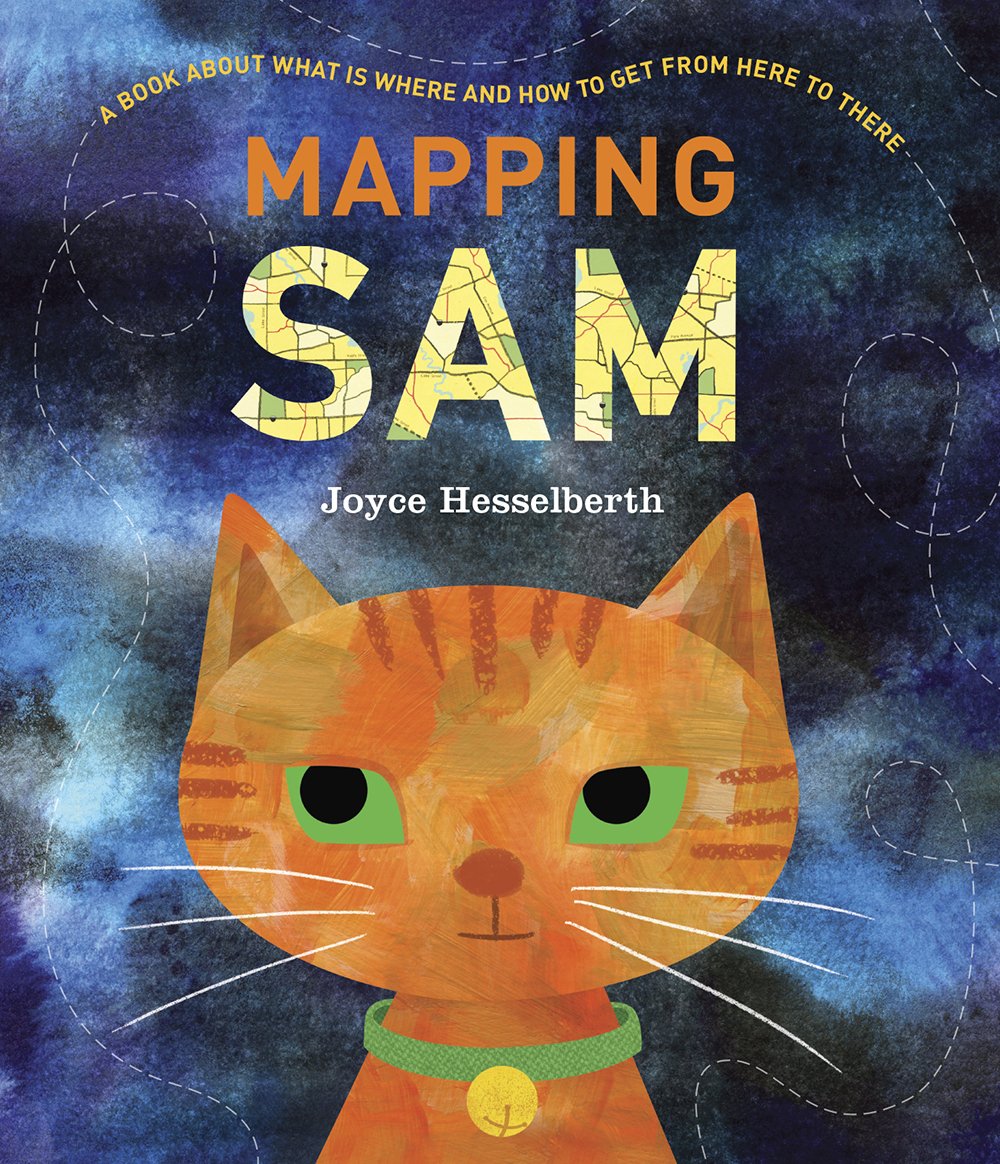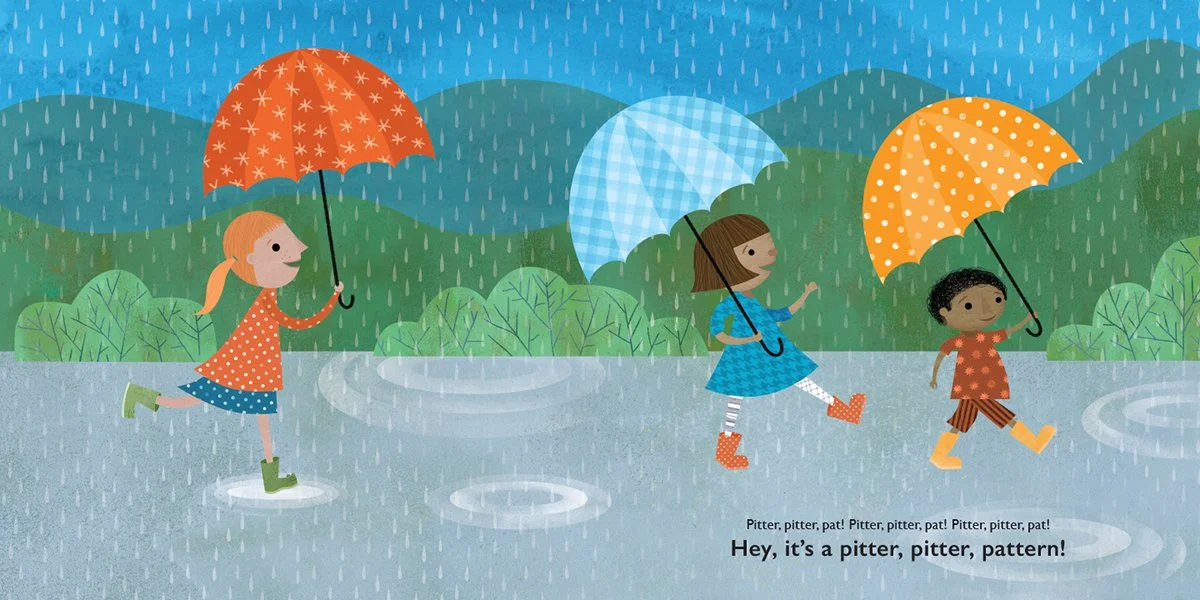Chronological Picture Books with Joyce Hesselberth
We are so excited to have Joyce Hesselberth join us today to share information about Chronological Picture Books!
Joyce Hesselberth is a writer and illustrator based in Baltimore. She studied graphic design at Virginia Commonwealth University and later earned her master’s degree in fiction writing from Johns Hopkins University. Her children’s books have been published by Henry Holt Books for Young Readers, HarperCollins, and Chronicle Books. Her book Mapping Sam won a special mention award in the Bologna Ragazzi non-fiction category and was also named one of New York Public Library’s Best Books. Her most recent book, When Molly Ate the Stars was published by Chronicle Books in Fall 2022. Her illustrations have also appeared in magazines and newspapers including The New York Times, The Washington Post, Scientific American, and many others. She and her husband David Plunkert co-founded their studio Spur Design in 1995. Joyce also teaches illustration at Maryland Institute College of Art.
When you start really studying picture books, chronological books are everywhere, right? Something happens, which leads to something else, which leads to something else, and so on until the end. Picture books naturally lend themselves to this type of storytelling. In longer formats, you have more flexibility to explore flashbacks or tell the story in some other non-linear format. Technically, you can do that in picture books, but because of the short format, picture books need to be succinct. And that’s where chronological order can really help out.
Sometimes the chronology is the main point of the story, but sometimes the chronology is more of a tool that ties the story together. I find myself using this tool more and more often as I write. I’m going to talk about two ways to approach chronological stories: event-based and time-based.
Mapping Sam is a narrative non-fiction picture book that I wrote and illustrated. It is a book about maps. But the story is told as an event-based chronological tale: a cat sneaks out of the house at night and wanders around the neighborhood, visiting key sites along the way, before returning home to fall asleep in the kids’ bedroom. The story of a cat roaming the neighborhood is the way to thread the things I’m actually talking about – different types of maps – together. When I first started writing this story, I had a bunch of types of maps I could talk about, but there wasn’t enough to hold it together. But then I thought about telling it by exploring where a cat goes at night and – aha!– I had a story. Most importantly, I had a solid beginning, middle, and end. It also gave me an excuse to draw lots of cats, which was a big plus!
I used a time-based chronological structure in my book Pitter Pattern. Here, the main topic is patterns in nature, sports, music, etc. In this picture book, we follow a girl named Lu through the days of the week. Each day, there are new patterns to find. While I was writing this book, I had a bunch of types of patterns that I thought were interesting, but without some sort of structure, it felt like a list. And while there are certainly books that use a list approach, I always am more excited by having more of a narrative. I think the person who used this type of chronological structure the best was Eric Carle in the classic picture book, The Very Hungry Caterpillar. Carle walks us through the days of the week and ends his story with the transformation into a beautiful butterfly.
You could write a story around hours, months, seasons, or any time-based construct. Of course, there still needs to be some sort of satisfying end to the story. For Pitter Pattern, I had already established that the days of the week were a pattern too, so looping back to Sunday and repeating the opening line “Pitter, pitter, pat! Pitter, pitter, pat! Pitter, pitter, pat!” made the story feel like it came full circle.
So think about chronology as the structure to hang your story on. What events are happening while your story unfolds? Whether your main character is counting down the days until a big event, or setting out on an exciting journey, chronological storytelling is there to keep your reader entertained along the way.



